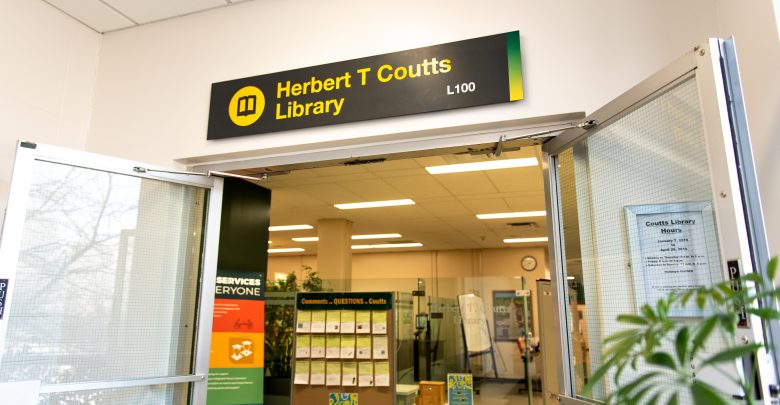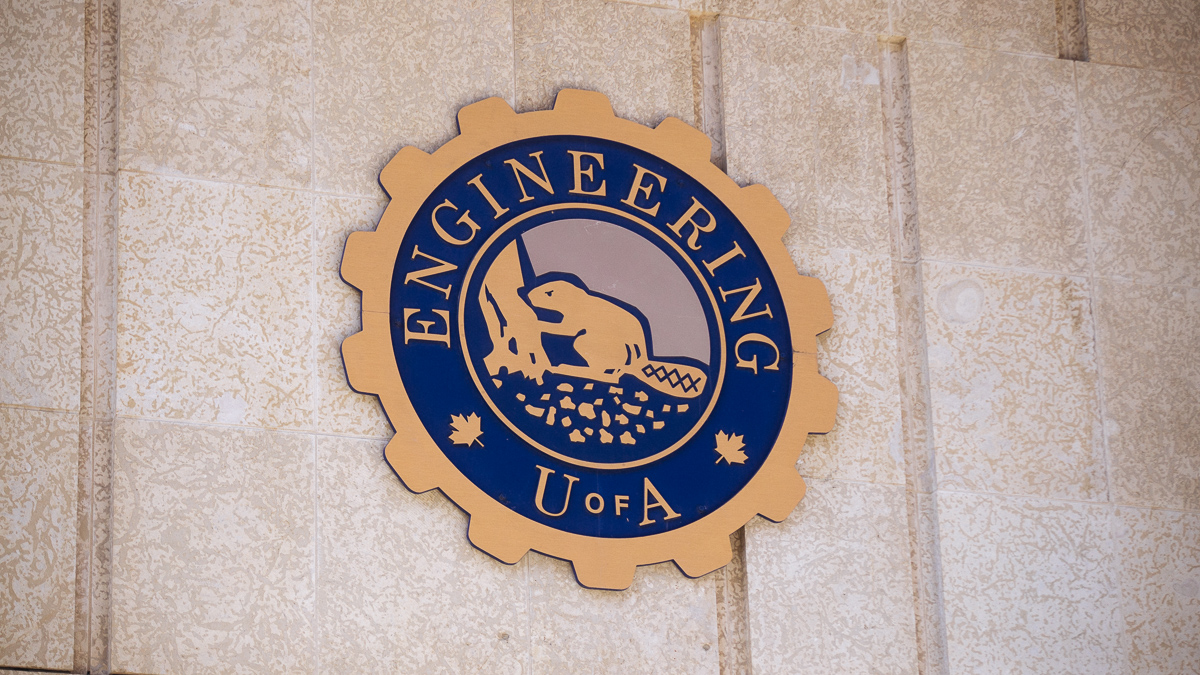 Nina Barroso Ramos
Nina Barroso RamosThe H. T. Coutts Education Library will be digitizing old Alberta textbooks, some of which are over 130 years old, to help improve their accessibility.
The library will be digitizing the first phase of their collection of books that were used in Alberta schools from 1885 to 1985 thanks to a $310,000 donation. This will allow the collection, currently housed in a locked room in the basement of the library, to be accessible to students online, instead of the current on-site physical copies.
The library, in collaboration with Internet Archive — a not-for-profit U.S. based-group that aims to provide universal access to information — has already digitized over 3,400 out of nearly 6,000 books in the collection and hopes to finish this phase in the next two years.
Kim Frail, a public services librarian at the library, said the textbooks were used in Alberta elementary and secondary schools, and cover all subjects.
The donation was made in 2011 by the estate of Marie Wiedrick, a teacher and wife of Laurence “Laurie” Wiedrick, who was an advocate for teacher librarians and was involved with the elementary education department and the School of Library and Information Studies. Frail added the donation was special because it did not stipulate a use for the money.
“That’s an amazing opportunity, that almost never happens,” she said.
The digitization itself is being done at the University of Alberta’s Research and Collections Resource Facility (RCRF), where Internet Archive staff scan every page of the textbooks. The project is also in collaboration with the university’s digital initiatives department.
This isn’t the only digitization project being done at the university with Internet Archive; they are also working on digitizing other collections such as the Government of Alberta publications collection.
Frail added the project is being helped by a historical bibliography created by library staff in the 1980s, which details which textbooks were used for which subjects, and when they were used.
Frail said the collection, as a record of what was taught in schools over time, can be used by students and researchers to look at how the curriculum has evolved, as well as the representation of different groups, such as Indigenous peoples.
“For educational researchers, it’s sort of gold,” she added.
Digitization makes the material much easier to access, Frail said, especially for distance and online students. Allowing students and staff to access them online also helps to preserve the books. For grad classes that need to use the books for projects that compare curriculums, this is a better way to do that, as they are keyword searchable and can be downloaded to do content analysis.
“It’s night and day compared to a bunch of books that are locked up in the basement,” she said.
Frail said the next step for the digitized collection will be to incorporate the digital copies into the library website catalogue, making them easier to find. They are currently only on the Internet Archive website and linked on the library guides. However, Frail said searching for them can be complicated.
Additionally, some books in the collection are available through open access, but others need to be loaned out electronically due to copyright.
Nonetheless, the online resources have already been used online, with one book, a copy of Cry, the Beloved Country by Alan Paton,
“The uptake was huge, considering no promotion,” she said. “So when you’re talking about the difference the digitization has made, versus that book sitting in the locked basement to all of a sudden 200 people waiting to borrow it, is just phenomenal.”




